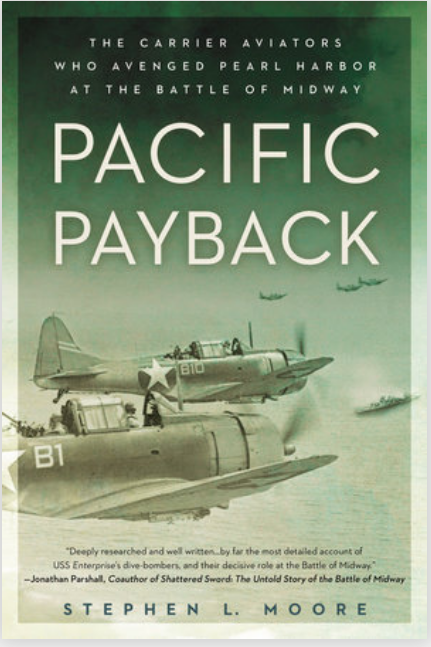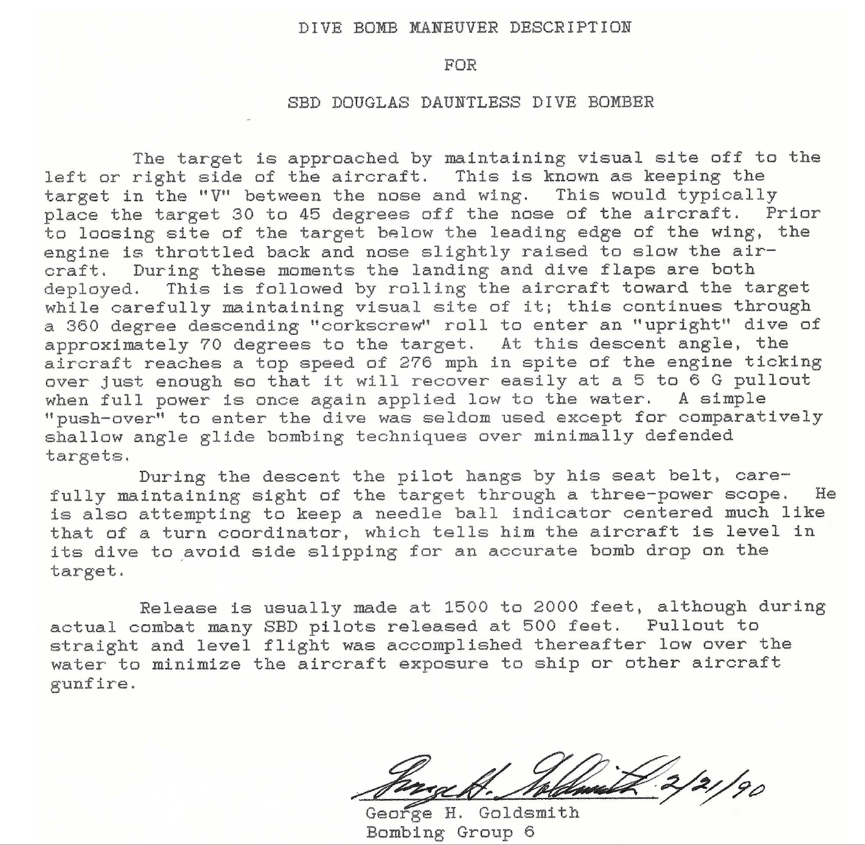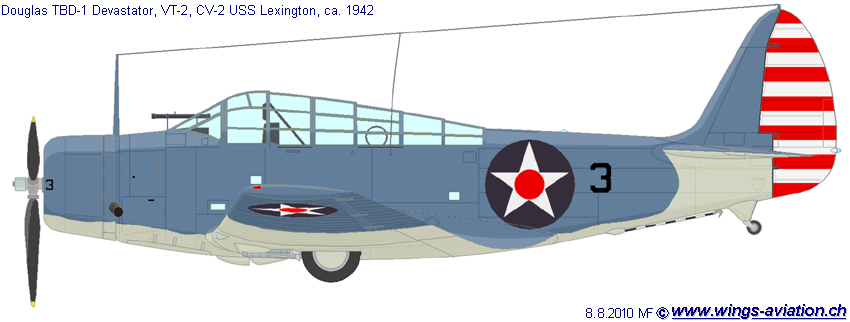The Battle of Midway Roundtable Opening Remarks

The March 2022 Battle of Midway RoundTable Newsletter.
Welcome. This month we have a number of interesting articles. The one that probably should have been done quite a while ago was a book review of Pacific Payback by Stephen Moore. To this end Ron Russell steps in and does the honors. For me the book was extremely helpful when editing the screenplay for the 2019 Midway movie. While not all my suggestions made it into the movie at least some did and it was helpful to have a backup reference that was so elequently written as well as providing accurate information. For that I owe a huge thank you to Stephen Moore. If you have not read the book, do yourself a favor.
I would also be remiss if I didn't thank quite a few other authors that helped me during the editing process. The list is too long to repeat here without fear of leaving at least one or two out that I probably won't remember referencing so I'll just say thank you to all. You likely have a book in our library and I'm sure I used all of them at one point or another.
We also have another SBD pilot that gives us his description of dive bombing, an interesting account of a TBD success story, and more.
Re: WHO REALLY WROTE THE HORNET’S AFTER-ACTION REPORT?
(See the February newsletter)
-----------------------------------------------------
1 March 2022
From: Jon Parshall
Minnesota
(co-author, Shattered Sword)
Regarding the following comment from Don Boyer:
“Mitscher could be as ruthless as the next in weeding out the incompetent, as his track record during the war indicates. The survival of Stanhope Ring in positions of authority and the lack of close scrutiny of his actions on that day do not surprise me at all, considering the man who "reviewed" the action report. Also, the fact that the report doesn't tell the truth doesn't surprise me -- it is quite clearly indicative of the moral compass of the man who wrote it and who was responsible for the actions of the Hornet Air Group that day.”
With all due respect, this simply does not pass the smell test for me. Ultimately, the man who was responsible for the actions of the Hornet Air Group was not Stanhope Ring, as you imply. It was Marc Mitscher. In my opinion, there is no slightest possibility that Ring would not have cleared his proposed flight plan with the ship’s captain before launch. Given the intelligence that Mitscher had in hand from OP 29-42, which mentioned the possibility of the Japanese operating in two task forces, I simply cannot imagine Ring deciding on his own volition to go off and look for the mythical second task force (which seems the most likely explanation for HAG’s 265-degree search route) without Mitscher having vetted it first.
Can you imagine a set of circumstances whereby Hornet’s entire air group takes off and Mitscher doesn’t know where they’re heading? Neither can I. “Where you off to, Stanhope?” “Don’t worry, I’ll tell you when I get back, Marc.” Uh, nope.
Likewise, in the Navy’s culture of responsibility, the failure of that air group in aggregate was the captain’s failure as well. And its failure was abject, total, and costly. In my opinion, Mitscher went after a hunch, his intuition failed him miserably, and he gun-decked the report to cover up his mistake. This wasn’t an error of omission. It was an error of commission. And you’re right: it did reveal the moral compass of the man, and not to Mitscher’s credit.
-----------------------------------------------------
It’s likely that all parties in this discussion have a piece, if not all of what really happened. There can be no doubt that Mitscher’s report said what he personally wanted it to say, the way he wanted it said. But if you go deeper into who came up with the flight plan in the first place and why, that points more likely to the air staff—in this case, Ring and possibly air officer Soucek. That’s simply the way it was done, with Browning and his staff on the Enterprise providing a good example. Browning plotted the strike missions and it was simply up to Spruance to approve them (or disapprove, as with the bomb load on June 5th). It was no different on the Hornet.
If you want to go even deeper with regard to who literally composed the report and its many enclosures, that’s pure staff work. In the Navy, a document set like that could even have come from an enlisted yeoman who happened to have good composition skills. His boss, likely an ensign, told him in general terms what the big brass wanted in the report, and he dutifully produced the documents exactly as ordered. I know that’s how it’s done; I’ve been on both ends of that scenario.
Bottom line: as Jon might say, Mitscher’s report is Mitscher’s report, period. But the actual words on the pages are the creative work of a subordinate team rather than the captain himself. —RR
BOOK REVIEW: PACIFIC PAYBACK

You may recall that Pacific Payback was brought to our attention by Marvin Hult in the January newsletter. I vaguely remember noticing it on Amazon after it was published in 2014, but the title didn’t grab me at the time so I let it pass. Big mistake—it’s a fine BOM book, the kind we really like to see on the Midway Roundtable and entirely worthy of the strong endorsements on the cover by Jon Parshall and John Lundstrom.
Author Stephen Moore’s primary focus is on the USS Enterprise SBD squadrons, VB-6 and VS-6, from their baptism of fire during the Pearl Harbor attack to their last sortie against Mogami-Mikuma. The book’s title is a metaphor for the six-month quest by the Dauntless airmen to avenge their tragic losses suffered on December 7th while flying to their bases on Oahu as the ship returned to port. Six SBDs plus four F4Fs were destroyed by Japanese Zeros and friendly fire, costing the lives of ten CV-6 pilots and gunners. That made the Pacific campaign a uniquely personal matter for those who carried the fight forward in the following months. It wasn’t just a war against Imperial Japan, it was the Enterprise air group against their primary target: the treacherous ships and planes of Kido Butai.
Like me, you might wonder if yet another book about the Battle of Midway is worth your time and money—is there really anything left to tell? It seems there always will be, for Moore’s book is much more than a simple rerun of the battle’s history. Instead, it’s the individual stories of the pilots and radiomen-gunners; virtually all of them who had even a minor role to play in the Enterprise air group’s action in the Marshall Islands, Wake, Marcus, the Doolittle Raid, and Midway. Moore’s references are exhaustive, a full fourteen pages of veteran interviews and documents, research papers, museum archives, memoirs, official reports, magazine articles, and virtually every book that says something meaningful about its subject matter.
The net result is a compelling and complete narration of the triumphs and tragedies of the Enterprise air group during the war’s first six months. We also see a lot about the Hornet and Yorktown airmen, for their story obviously blends with that of Enterprise at Midway, which comprises over half of the book.
I’m happy to join Parshall and Lundstrom in giving the book a strong recommendation and saluting author Stephen Moore with a hearty well done. That said, those of you who find it easy to spot the minor inaccuracies in a BOM book will catch a few. Moore does extremely well in getting the naval dialogue correct—he could teach a few things to other recent authors—but some of his book’s content suggests that he’s more of an accomplished writer than an accomplished naval historian. The errors are minor, even nitpicky, but they tend to stand out on the Roundtable. At one point he has the radioman-gunner calling out altitude for the pilot while facing aft—rather difficult. He refers to AAF aircraft and personnel at Midway as “Army Air Corps,” terminology that went extinct in 1940, and at one point he labels the CV-6 air group “CAG Six,” lingo that had yet to cross anyone’s mind. (He does the same for the Hornet in one spot: “Air Group Eight.”) He has VS-8 skipper Walt Rodee strafing a
Japanese DD with “20 mm” fire from his SBD, and perhaps the worst of the lot: he has the Yorktown’s VF-42 offloaded and replaced in total by VF-3 at Midway—that rumbling sound you hear is Roundtable and VF-42 veterans Bill Surgi, Otis Kight, and Bill Leonard all stirring in their graves.
But again, those are minor quibbles that don’t really detract from a terrific book. They mostly reflect Moore’s reliance on references that contained an occasional error, not an error he made himself. They would rightly be ignored on just about any other forum that doesn’t dive into the BOM to the extent that we do here.
Bottom line: buy the book and plan on a real page-turning experience. New copies are readily available at a manageable price, and you can find it on the used market for less than $5.00, including shipping. —RR
DIVING THE SBD BY GEORGE GOLDSMITH
Kent Walters, owner of that familiar flying scale model of Ensign George Goldsmith’s 6-B-15 Dauntless, sends a how-to document compiled from notes by the VB-6 vet himself.
----------------------------------------
8 Feb 2022
From: Kent Walters
Arizona
You may also want the attached typed letter signed by George Goldsmith describing the dive maneuver....I needed that specific documentation for judges if I was going to recreate that maneuver in RC scale competition.
As indicated by George, it was entered with a half-roll into the dive rather than a simple push-over that Dick Best had described. I suspect that method of entry with a half-roll into the dive may have evolved to avoid becoming disoriented since George was brought back to the states for training other pilots after the BOM.
----------------------------------------
Readers might find it interesting to compare Goldsmith’s notes below (re diving the SBD) with those of VB-8 vet Clay Fisher, who first told us about it in 2005—see this link:
http://www.midway42.org/RoundTable/ClayFisher_SBD.aspx

TBD DEVASTATOR SUCCESS STORY
Although the following message is technically outside the Roundtable’s scope, it will still resonate with those interested in the combat history of the TBD. Here, Bill Longton tells of one mission in which the plane actually performed as its designers had intended, although some unintended trickery was required to pull it off.
--------------------------------------
1 March 2022
From: Bill Longton
Florida
When Lexington and Yorktown attacked the Huon Gulf in March 1942, VT-2 (LCDR James Brett) faced a formidable obstacle trying to surmount the 7500-foot pass between Mt. Stanley and Mt. Lawsen. What is not widely known is that LCDR Brett was an experienced glider pilot, and as VT-2 approached the pass, almost on cue, Brett spied a clearing on the mountainside which only meant one thing: an updraft. Brett steered his squadron towards the clearing and upon reaching it were rewarded with a 1200 foot per minute lift that (much like riding a Ferris wheel) boosted the heavy TBDs up and over the space between the peaks. They managed to clear the pass by approximately 100 feet, and then rode the mountainside down into their attack from the direction that the Japanese did not expect.
--------------------------------------

For more on VT-2’s success in the March raid, including their squadron leader’s skill in getting them to the target, see John Lundstrom’s The First Team, page 126-132 (1984, first edition).
YORKTOWN VET JULIAN HODGES
Check this terrific scale model of CV-5, ably crafted by Roundtable member David Denny. Perhaps the more significant “model” in the photo is a BOM vet, also one of our members, who recalls the much larger version of the ship.
--------------------------------------
18 Jan 2022
From: David Denny
Tennessee
Attached is a photo of Rev. Julian Hodges and me looking over my recently-completed model of the USS Yorktown.

Rev. Hodges was a crewman aboard Yorktown during the Battles of the Coral Sea and Midway where he served as a water tender in the engine room. He was injured in the torpedo attack of 4 June and spent the rest of the war stateside, mainly helping with the repairs to and modernization of the USS West Virginia.
--------------------------------------
USS HORNET MEDICAL OFFICER?
Mike Rogers provided us with another poignant letter from the eloquent Ensign Bill Evans in our January issue. Mike has made a mission of chronicling the VT-8 pilot’s writings and history, and asks our help in identifying another Hornet vet who may have had important contact with him.
--------------------------------------
24 Feb 2022
From: Michael Rogers
Michigan
One of my ongoing (seemingly never ending projects) is to catalog and transcribe the Evans family letters. I'm working through a group now which were written by Bill's father, William Evans (and he went by William and not Bill) while he was working in DC from 1943-45 for the Agriculture Department.
In a letter dated March 1, 1943 William writes about meeting a Navy lieutenant who served as a medical officer on the Hornet. I can almost always figure out Williams' handwriting, but this one has me stumped. The officer's name looks like it could be McAtee but I am not sure. I did a quick online search for the Hornet medical officers, but was unable to find anything.
Can you put this question out to the experts? Any help and or information would be greatly appreciated.
--------------------------------------
If anyone has a resource that names the CV-8 officer corps, particularly the medical officers, please let us know via midwayroundtable@gmail.com and we’ll pass the word to Mike.

Our 4th mid-month bulletin was sent to all members on March 12th, and this time it came to you directly from our primary email account (like our newsletter announcement) rather than from the alternate used by Ron Russell. While the former method should have worked fine in theory, it simply didn’t. This method requires a few more steps on our end, but it’s worth it to get beyond the email glitches.
If you still didn’t get the latest bulletin, that likely means we don’t have you in our membership roster. Send an email message to midwayroundtable@gmail.com, with JOIN on the subject line and your full name and location in the message body. That will put you in company with about 400 others around the world for whom the Battle of Midway is an abiding interest.
* * * * * *
Of course, there are still other reasons why you may appear to miss an incoming message from us, or from anywhere else. Automatic spam filters frequently get it wrong, trapping a legitimate message that should have gone to your inbox. This issue is common among all email services and apps. The easiest solution is to get in the habit of checking your spam or trash folder (depending on your app or service) at least once per day, or upon starting your email if you don’t log in daily. If you find a message that got trapped in error, simply moving it to your inbox should solve it for future messages from that sender.
An even better solution for messages from a specific source is to make that sender a preferred contact in your email. Add the ID to your Contacts or Address Book, give it a suitable name (like “Midway Roundtable” or whatever), and future messages from that ID should breeze past your spam blocker with no problem.
* * * * * *
Speaking of all those members around the world, we’re reminded that it’s sometimes necessary to edit your submissions to the Roundtable for length or clarity. Clarity can be an issue since English is a second or third language for many of our members, and English is difficult enough at the basic level, let alone when you add in complexities like double meanings or slang. Try to figure out what “outside the box” really means if you can translate of each of those words into your native language, but putting them together makes no sense at all. (Answer for those readers who might not know: an idea or plan that deviates from the usual or expected procedures.)
The point here is please don’t be disappointed if your submission to our newsletter doesn’t look exactly as you submitted it. In addition to the above issues, we have to format everything to fit on the web page, often accommodating related graphics, and that can drive even more text editing. The good news is any editing we do will make your contribution look as good or better than you intended, and that’s an advantage for everyone.
* * * * * *
That’s it for March, and as always, thanks to everyone for your continuing interest in our newsletters, the new bulletin, and the resources on our website. We’re always delighted to receive your messages, whether you have a brief comment, a probing question, or a significant composition on a BOM-related topic.
Best wishes to all, —Thom Walla, editor and webmaster
—Ron Russell, contributing editor
|